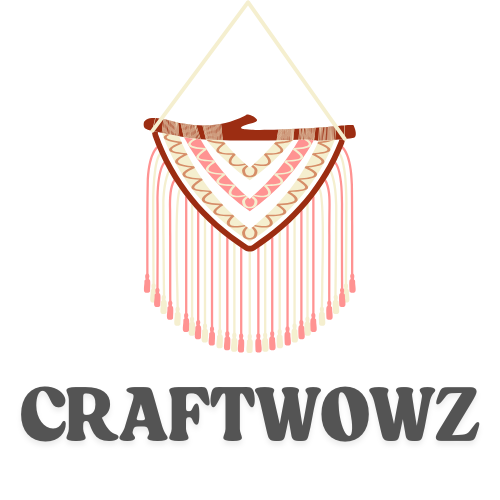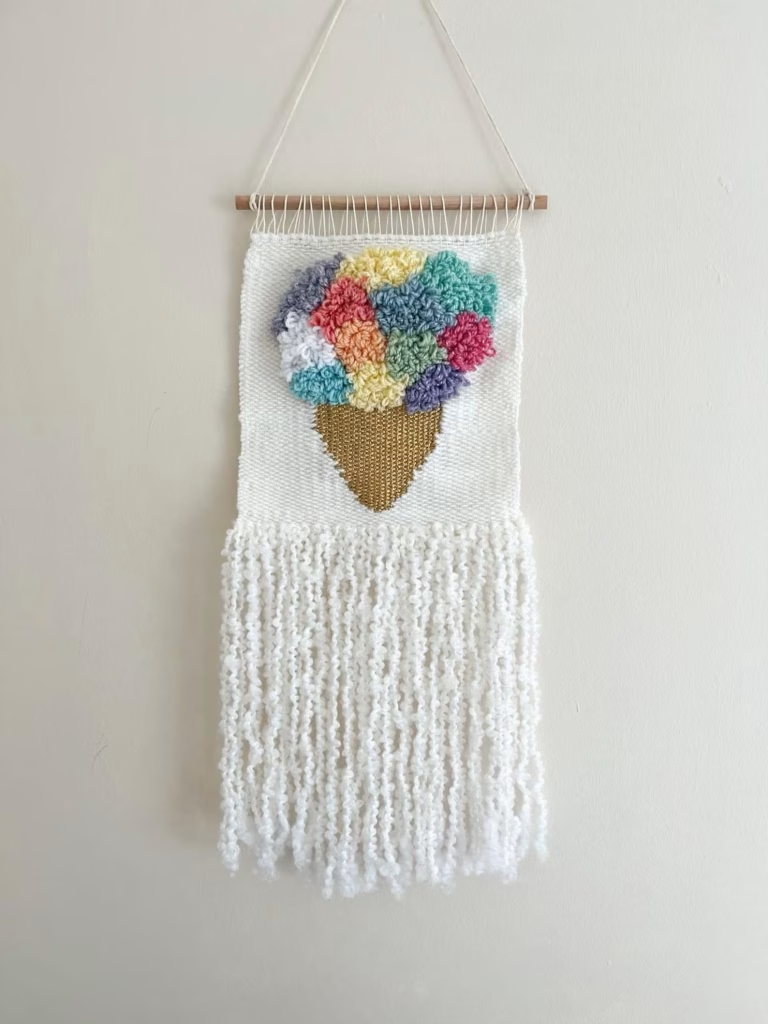News
The Resurgence of Handwoven Wall Hangings in 2025: A Blend of Tradition and Modernity
Introduction
In 2025, the world of interior design is witnessing a revival of traditional crafts, with handwoven wall hangings leading the charge. These artisanal pieces are not just decor items; they are narratives woven into fibers, telling stories of culture, craftsmanship, and creativity.
Historical Significance
Handwoven textiles have been integral to human culture for centuries. From ancient tapestries depicting historical events to regional weavings showcasing local traditions, these pieces have always been more than mere decorations. They served as records of history, expressions of identity, and symbols of craftsmanship.
Modern Interpretations
Contemporary artisans are reimagining these traditional techniques, infusing them with modern aesthetics. The use of natural fibers, eco-friendly dyes, and innovative weaving methods has resulted in pieces that resonate with today’s design sensibilities. The juxtaposition of traditional techniques with modern designs creates a harmonious blend that appeals to a wide audience.
Sustainability and Ethical Practices
In an era where sustainability is paramount, many artisans are turning to eco-friendly materials and ethical production methods. Organic cotton, recycled wool, and natural dyes are becoming standard choices, ensuring that each piece is not only beautiful but also environmentally responsible.
Cultural Revival
Regions with rich weaving traditions are experiencing a cultural renaissance. Artisans from places like Oaxaca, Morocco, and Scandinavia are gaining international recognition for their work. This global appreciation is helping preserve traditional crafts and providing artisans with platforms to showcase their skills.
Conclusion
Handwoven wall hangings in 2025 are more than just decorative items; they are symbols of cultural heritage, sustainability, and artistic innovation. As they adorn modern interiors, they bridge the gap between past and present, offering a tactile connection to history and a visual representation of contemporary design.

